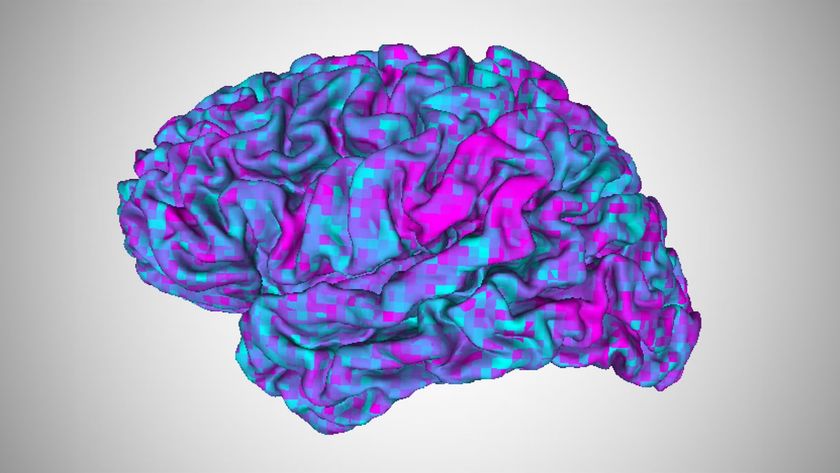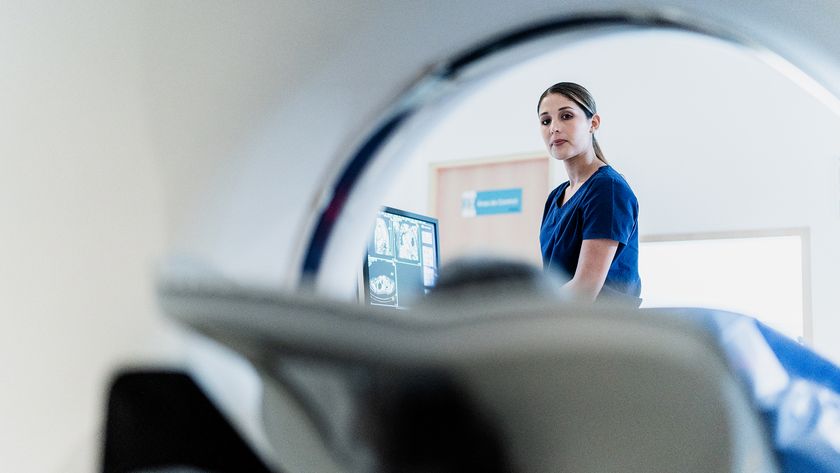Beauty Boils Down to a Simple Average
Johnny Depp may be easy on the eyes, but in reality he is just easy on the mind, a new study suggests.
While eyes are the vehicles for receiving visual images, the brain decides how attractive those images are. Attractiveness appears to be related to how easy you can wrap your brain around a face.
"A stimulus becomes attractive if it falls into the average of what you've seen and is therefore simple for your brain to process," said study author Piotr Winkielman, of the University of California, San Diego. "In our experiments, we show that we can make an arbitrary pattern likeable just by preparing the mind to recognize it quickly."
The average effect
Often times, we are shocked when someone who appears quite average is deemed beautiful by society. This phenomenon, known as the beauty-in-averageness effect, was illustrated by previous research in which a composite of 16 faces—essentially an average of all those faces—was deemed more favorable than any of those faces individually.
Prototypes are easy for the brain to process as measured by the speed with which people are able to characterize what they're looking at, the researchers suggest in the current issue of the journal Psychological Science.
"What you like is a function of what your mind has been trained on," Winkielman said.
Why the typical rule
An explanation behind why the average beauty gets a second look is that averageness is a sign of health and fitness—a quality that attracts the opposite sex for successful breeding. Unusually protuberant eyes might be a clue to disease, for example—and so is a kind of shorthand for the value of a potential mate, the researchers said.
Sign up for the Live Science daily newsletter now
Get the world’s most fascinating discoveries delivered straight to your inbox.
But this explanation fails when it comes to inanimate objects or animals of other species that provide no mating potential for humans.
Winkielman and colleagues set up an experiment in which they used objects free of reproductive benefits: dots and geometric patterns. They prepared each participant's brain by getting them used to a prototype and then asked them to rate variations of the same pattern.
"As predicted, participants categorized patterns more quickly and judged them as more attractive when the patterns were closer to their respective prototypes," the researchers write. "Critically, the less time it took participants to classify a pattern, the more attractive they judged it."
The researchers repeated the experiment but this time hooked up electrodes to the faces of the participants to detect if they smiled or frowned when they saw the images. Once again, images that were similar to the prototypes induced a more positive response.
"The mental mechanism appears to be extremely simple: facilitate processing of certain objects and they ring a louder bell," Winkielman said. "This parsimonious explanation accounts for cultural differences in beauty—and historical differences in beauty as well—because beauty basically depends on what you've been exposed to and what is therefore easy on your mind."
- Top 10 Mysteries of the Mind
- Why Some Old Lovers Look Alike
- Voice of Reason: Research Debunks 'Barbie Ideal'
- Brain Uses Different Parts to Recognize Face, Body
- The Biggest Popular Myths
Most Popular




